Our Project at a Glimpse
The LABPLAS project is divided into 9 different Work Packages.


An EU-based project needs coordination in order to assure seamless communication between partners and the European Commission, monitoring the evolution of the actions and proceedings, and ensuring the fulfilment of the objectives. The External Advisory Board (EAB) will include relevant stakeholders (e.g. governmental institutions, NGOs, industry, international organisations) and will be chaired by a member of OSPAR.
- To establish project management procedures and structures to ensure an effective project management.
- To perform a correct and appropriate scientific coordination to ensure all the project objectives are clearly defined and efficiently achieved.
- To guarantee that project activities are executed with efficient use of resources, time and budget. To identify risks and issue corrective action plans as necessary.
- To ensure an efficient financial and legal management.
- To guarantee that gender equality issues are taken into account in the project.
- Promoting standardization of data processing across the scientific community. Implementing FAIR data principles in LABPLAS
WP Leader: University of Vigo
This WP includes tasks related to the sampling of different compartments and matrices in the case studies. Sampling sites and periodicity will be defined in each sampling area based on the objective, the compartments (air, sediment, freshwater, marine water) and the matrices (biotic and abiotic)
- To significantly improve existing knowledge on land-based sources, transport, distribution and fate of plastics (macro-, micro- nanoplastics) within a range of environmental compartments (atmospheric, freshwater, marine, terrestrial, biological) considering two key geographical areas under different anthropogenic pressures.
- To investigate transport mechanisms of plastics between compartments, i.e. atmosphere-water micro layer and within compartments i.e. water column, considering plastics properties and polymers behaviour e.g. flotation, sink, aggregation.
- To assess interactions of key species from different feeding gilds and ecosystems with (micro)plastics including, ingestion and potential accumulation, and plankton-plastic ratios. This includes zooplankton, bivalves and fish in freshwater and marine environments.
- To access plastic accumulation trends in relevant data series from the Baltic and North Seas to evaluate the increase of MNP with time.
WP Leader: Bundesanstalt fuer Gewaesserkunde
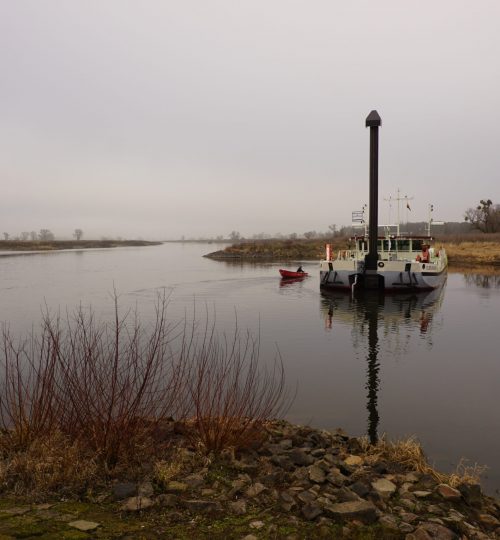

This WP provides the methodological basis for processing, detection, identification and quantification of MP and SMNP. Standard operating procedures (SOP) and good practices will be shared within the LABPLAS Consortium. Reliable, accurate and precise analytical methodologies to characterize and quantify MP > 1µm will be harmonized accordingly to the consortium know-how and the state of the art. A quality assurance plan will be deployed to ensure methods equivalence and work harmonization.
- To propose harmonized analytical methodologies and standard operating procedures (SOP) for the efficient isolation, sample preparation, detection, quantification and chemical characterization of MP (size > 1 µm) in environmental samples (abiotic and biotic): water, sediment and biota.
- To significantly improve the knowledge gaps on analytical methodologies for the efficient isolation, sample preparation, detection, quantification and chemical characterization of SMNP (≤ 100 µm) in airborne, atmospheric deposition, water runoff and road dust.
- To address the quantification of MP – zooplankton ratio as a potential indicator of plastic pollution.
- To evaluate the analytical techniques and methodologies that produce reliable MP identification and the realistic size or mass limits of each approach in environmental samples, providing guidelines for implementing effective QC/QA procedures for the analysis and quantification of MP.
- To characterise SMNP in stormwater runoff and their distribution processes in urban catchments as a MP land-based source
WP Leader: UNIVERSIDADE DA CORUNA
This technological WP includes advanced analytics proposed to detect nano & microplastics, macroplastics and chemical additives. A lab-on chip for smaller fraction screening for pre-concentration of NP based on micro/nanofluidic chips that will help in sample preparation online with Raman spectroscopy will be developed. Additionally, nanocharacterisation techniques will be adapted/improved for NPs. Studies on the chemical release/adsorption from the plastics and their bioavailability and validate reliable, sensitive and environmentally sustainable cutting-edge analytical procedures to be implemented for the measurement of SMNP in environmental samples will be performed. Lastly, advanced satellite screening and mapping will be carried out, using Copernicus data, combined with in-situ and other data sources.
- To develop efficient methods for the extraction, pre-concentration and purification of SMNP from environmental samples.
- To develop and test a lab-on-a-chip device for the detection, quantification and identification of NP (<100nm) by means of micro and nanofabrication techniques, microfluidics and portable Raman spectroscopy allowing on-the-spot analysis of environmental water samples.
- To demonstrate the effectiveness of remote sensing for MP detection. Development of tools to increase the certainty about the existence of meso- and MPs using data from both Sentinel-2 and Sentinel-3 and evaluating it against in-situ data.
- To study the presence of additives in the most relevant field samples of plastics.
WP Leader: LABORATORIO IBERICO INTERNACIONAL DE NANOTECNOLOGIA
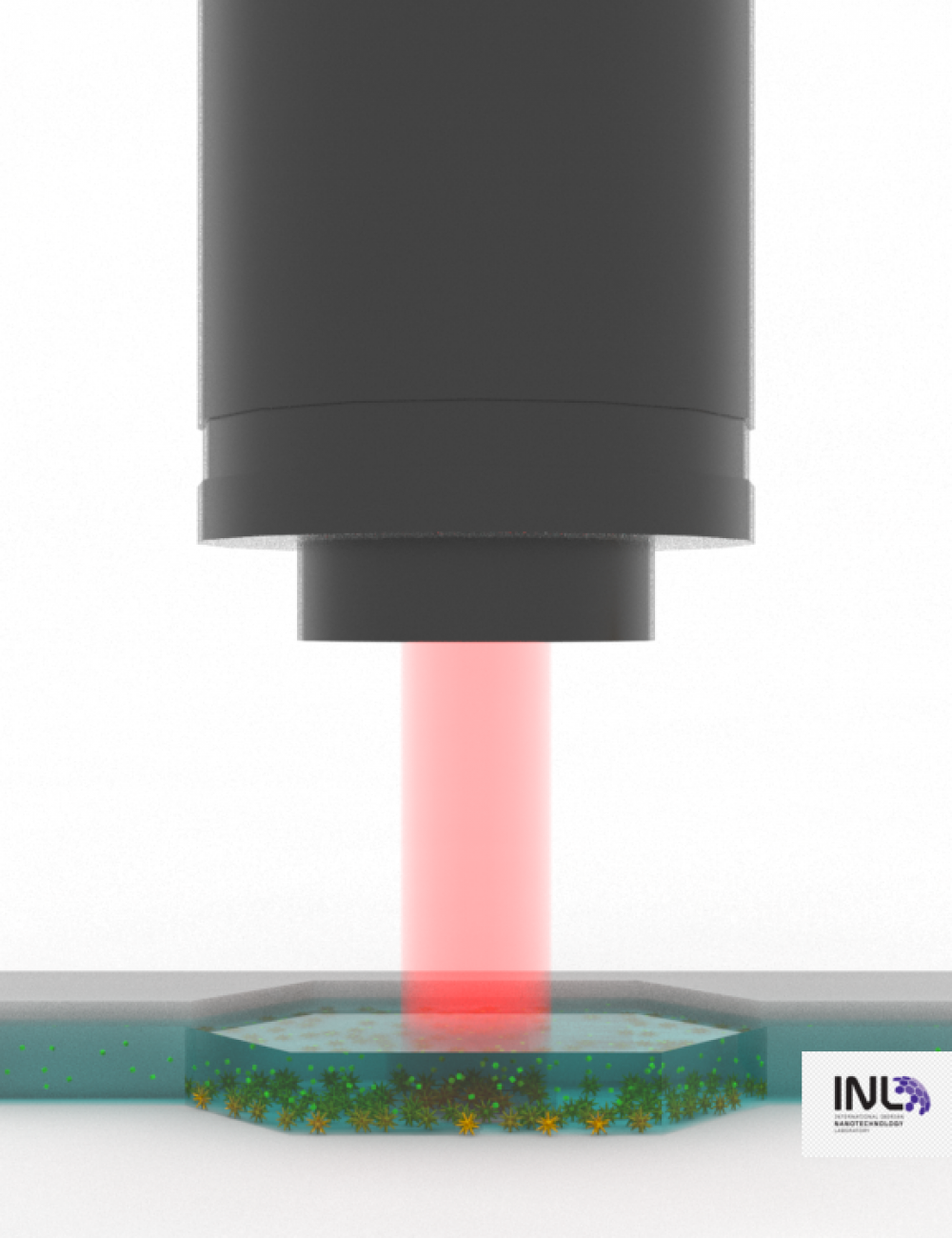

This WP will assess through laboratory and field experiments the biodegradability of commercial and new plastic materials. The effect of the degradation and potential release of metabolites on toxicity will also be investigated. Toxicity testing will prioritise chronic exposures and sensitive early live stages.
This WP will feed WP8 by providing tools to authorities and stakeholders to prioritise polymers and chemical additives for risk assessment and further regulatory work.
- To understand the biodegradation of biodegradable materials in compost as designed End-of-Life environment.
- To elucidate the fate of these materials in the non-intended end-of-life environments, their persistence and ecotoxicity as precaution in case of leaking. The degradation of compostable polymer materials in terrestrial and aquatic environments will be evaluated.
- To define the scenarios where biopolymers present less environmental impacts than fossil-based polymers along their whole life cycle
WP Leader: BASF
Standard tests adapted to particles using terrestrial, freshwater and marine test species will be used to quantify effects of SMNP. Terrestrial tests will include Eisenia fetida chronic reproduction, plant seedling emergence and soil microorganisms’ N and C transformation. Freshwater tests will include chronic effects on sediment dwelling (Lumbriculus variegatus) and water column (Daphnia magna) models. Marine tests will include microalgal growth test, sea-urchin embryo development, Acartia sp. copepod survival, and Cyprinodon variegatus chronic test. The issue of endocrine disruption of plastic additives will be targeted using both in vivo (Cyprinodon variegatus vitellogenin induction) and in vitro (MCF7 cells) tests..
- To Assess through microscale ecotoxicological experimentation the effects of SMNP obtained from terrestrial, freshwater and marine samples in the areas studied in WP2.
- To develop practical biomonitoring tools using key species from aquatic and terrestrial habitats specifically designed to identify plastic-impacted hotspots.
- To relate the toxicity of field samples (WP2) with their physicochemical profile (WP3) in order to model impact as a function of particle size and chemical composition, and to establish scientifically sound methods for Environmental Risk Assessment applicable to plastic pollution.
- One ecotoxicological database on the effects of SMNP on organisms will be created.
WP Leader: University of Vigo
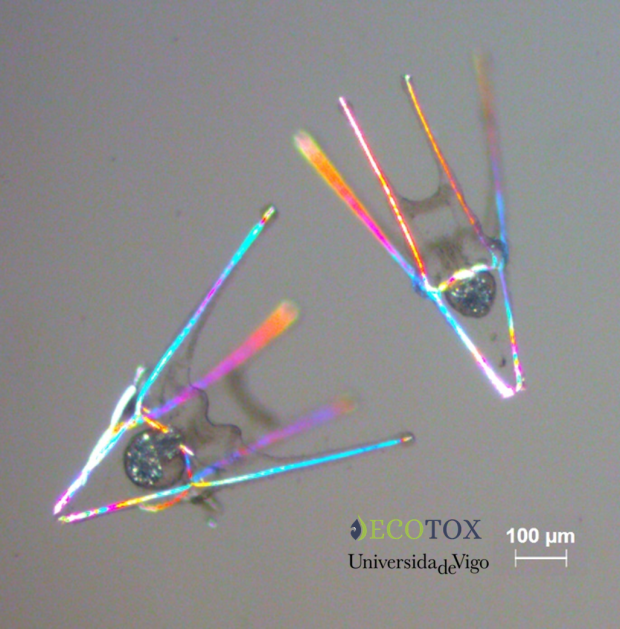
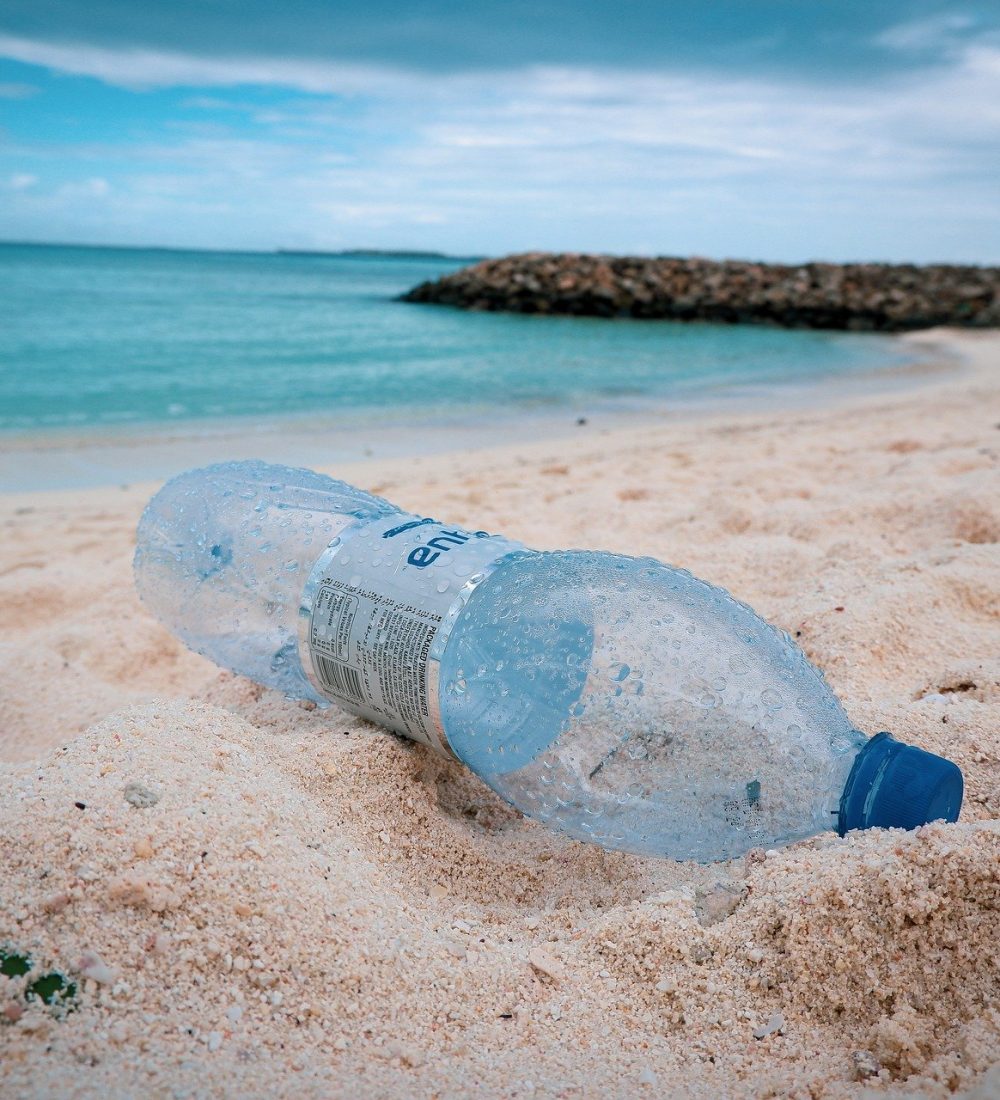
This WP will develop a suite of models that can describe the fate of MNPs and associated pollutants in the aquatic, terrestrial, atmospheric and marine environment so mitigation measures can be studied and applied. This WP will develop the following models: modelling distribution and environmental fate in aquatic (rivers, 1D), estuaries and coastal seas sea, 3D, and terrestrial environments. In addition, the following processes will be studied: aeolian transport (i.e. by wind) using a simple modelling approach; simulating the leaching and degradation of plastic particles; and modelling the ingestion of CAPs in humans through the food chain.
- Provide a solid basis for a European PLastic informAtion System (ePLAS).
- Provide physical insight in the relative distribution of plastics in the different environmental compartments by process-based modelling.
- Provide insight in plastic degradation processes in river and sea bottoms and the generation of leachates by biogeochemical modelling.
- Provide insights in the health risks by degradation products from plastics in the environment through a food web bioaccumulation model.
- Develop a process modelling framework for the sinking rate that accounts (1) for biofouling and (2) for turbulence generated by currents and waves, supported by experimental data.
WP Leader: Katholieke Universiteit Leuven
This will serve as facilitation mechanisms to integrate different perspectives and build a shared vision. These activities will operate at two levels: at international level: targeting social sciences, and analysis of behavioural changes, both at plastic industry and consumer level, and including results of case studies for involvement of diversity of stakeholders; at local level: creating interaction stakeholders: plastic producers, retailers, local authorities, citizens, facilitating the implementation of the Plastic Strategy.
The aim of WP8 is to demonstrate how the knowledge and tools developed in LABPLAS can be used to reduce the impacts of (micro)plastics on the environment and to transfer the resulting experiences and insights to policy makers and other relevant stakeholders. This aim is captured in two objectives:
- To demonstrate in two case studies, how the effectiveness of mitigation measures to reduce SMNP emissions can be evaluated in collaboration with relevant stakeholders, i.e. by mapping current supply chains, identifying potential interventions, quantifying emissions and applying the WP7 ePLAS model.
- To transfer the knowledge, insights and tools developed in the LABPLAS project, including the lessons learnt in the case studies, in an action-oriented manner to policy makers and other relevant stakeholders so that they can apply these lessons, knowledge, insights and tools to reduce (micro)plastics emissions.
WP Leader: Radboud University
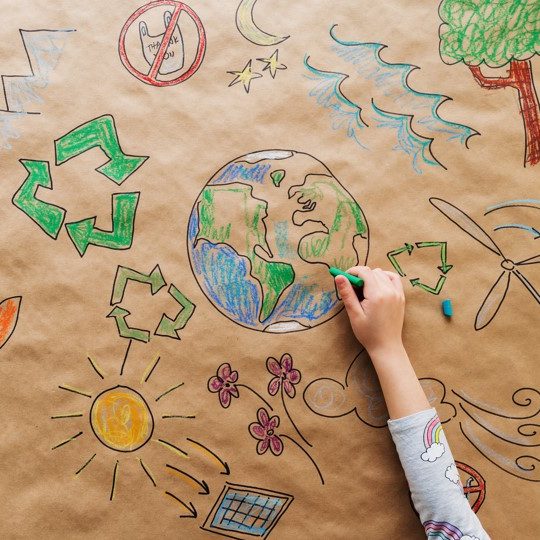

This WP deals with external communication and dissemination actions that address continuous multi-channel information diffusion of information about the project and its results. Communication and dissemination activities will include a clearly structured and up-to-date website, networking with other relevant projects, and the production of project videos, posters, leaflets, educational material, etc, as well as technical and scientific articles in magazines and journals. All publications will be Open Access (OpenAIRE) in order to boost impacts and enable effective dissemination
- To raise public and scientific awareness about the outcomes of the project and the developments achieved.
- To design and implement a campaign to engage key stakeholders with a proper transfer of knowledge and results through an appropriate dissemination strategy.
- To ensure that the project’s objectives, activities and methodologies developed are widely promoted to the target groups defined on European level and beyond through an appropriate communication strategy.
- To maximize the impact of the project’s results through appropriate Exploitation strategies that ensure the protection of IPR and market opportunities
WP Leader: Contactica Innovation
